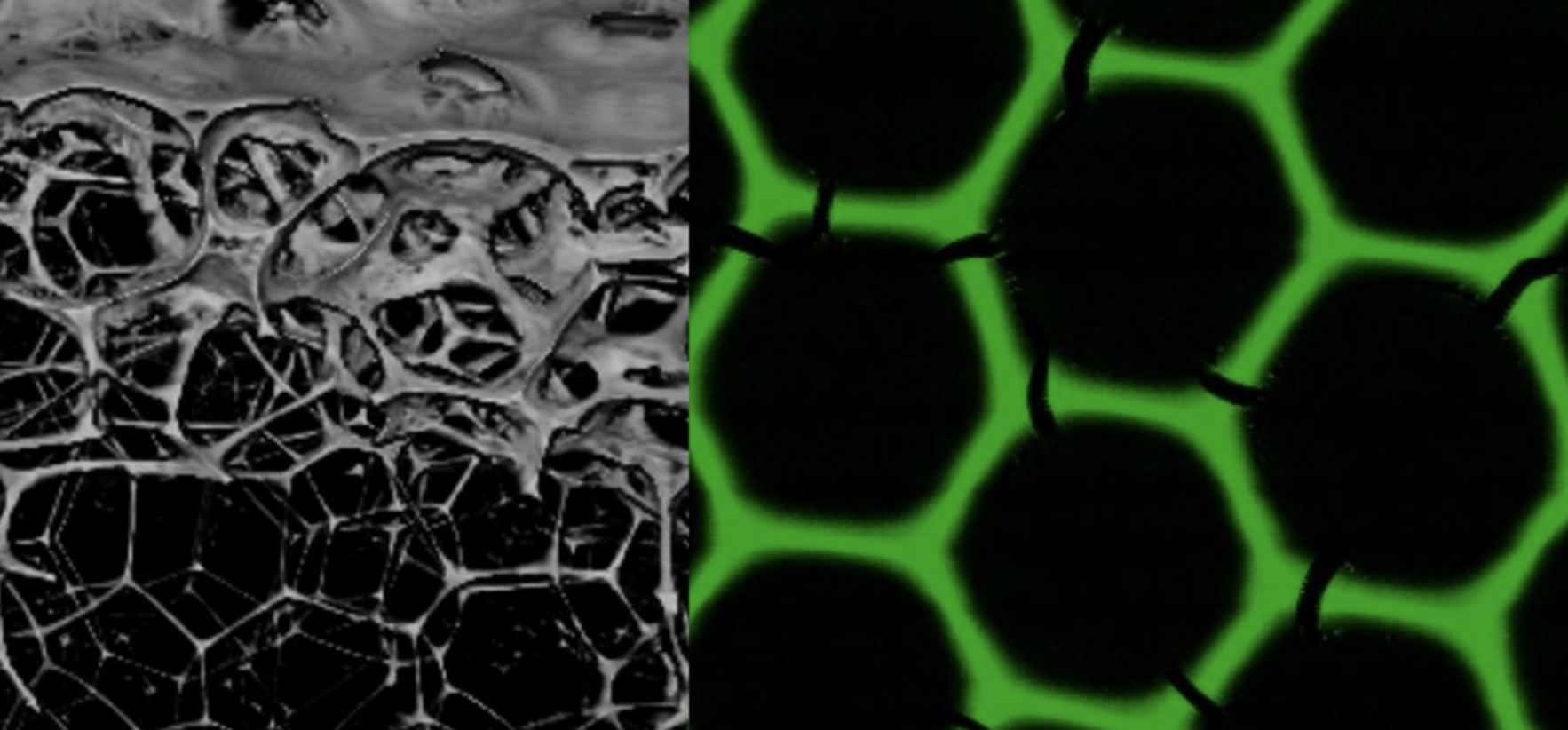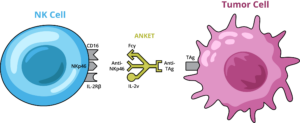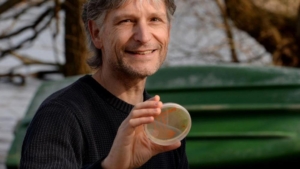
Enzyme foams morer active and stable
Researchers at the Karlsruhe Institute of Technology (KIT) have transformed enzymes into a new form: as foams, the biocatalysts prove to be extremely stable and active.
So far, foamed enzymes changed their structure and thus function. However, the new method, for which a patent has been filed circumvents this problem. The foam has a uniform bubble size of about 160 micrometres in diameter. “These are monodisperse ‘full enzyme foams’, i.e. three-dimensional, porous networks consisting exclusively of biocatalytically active proteins,” says Christof Niemeyer from KIT.
Until now, enzymes have mostly been immobilised on polymers or carrier particles. This meant that the actual reaction could only take place in the bioreactor. “Compared to ‘full enzyme hydrogels’, the new foam-based materials create a significantly larger surface area where the desired reaction can take place,” Niemeyer stressed. This allows a higher conversion rat. “Surprisingly, the newly developed enzyme foams are much more stable after drying for four weeks than the same enzymes without foams,” Niemeyer adds. This is of great interest for marketing, as it simplifies stock production and shipping considerably.
In a practical test, the team demonstrated that the sugar tagatose can be produced with the help of their enzyme foams. It is considered an industrially interesting alternative to refined sugar. In principle, however, according to the researchers, enzyme foams can be used everywhere in biotechnology to make processes more efficient – from industrial biotechnology to food biotechnology to the field of materials science.
At the end of June, a research from India reported that they have created a foam that multiple enzymes can enter simultaneously. “Since enzymes are large in size, they require large pores in the material to enter. We have created a Covalent Organic Frameworks-foam material that contains small, medium, and large pores, scientifically referred to as micro, meso, and macropores, said Dr Rahul Banerjee, the lead researcher. The multi-enzyme immobilized foams were successfully employed in a one-pot tandem conversion from carboxymethylcellulose to glucose, demonstrating high recyclability. This breakthrough opens up new possibilities for diverse industrial applications such as biofuel and chemical production.


 Innate Pharma SA
Innate Pharma SA
